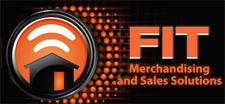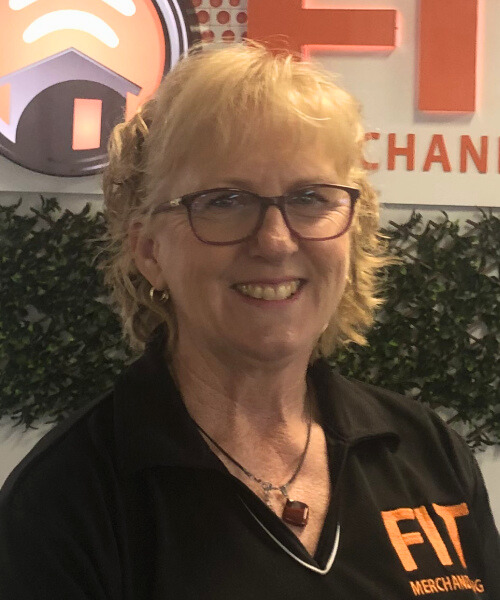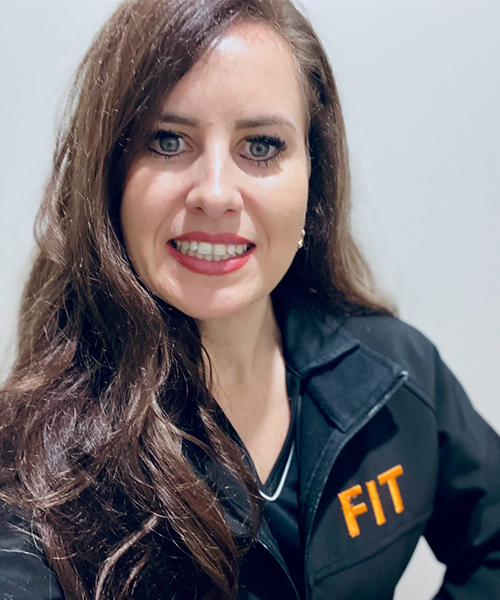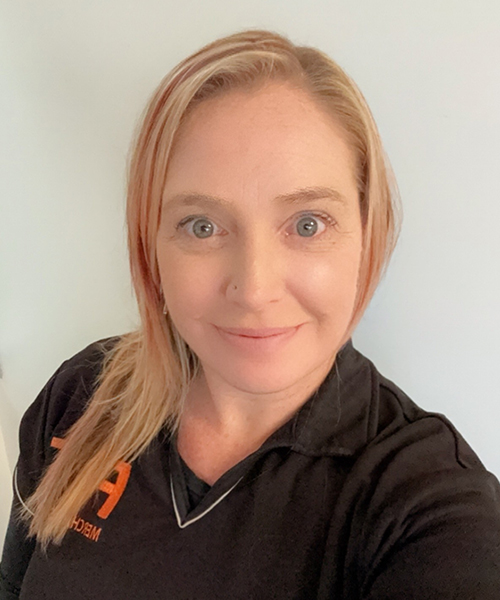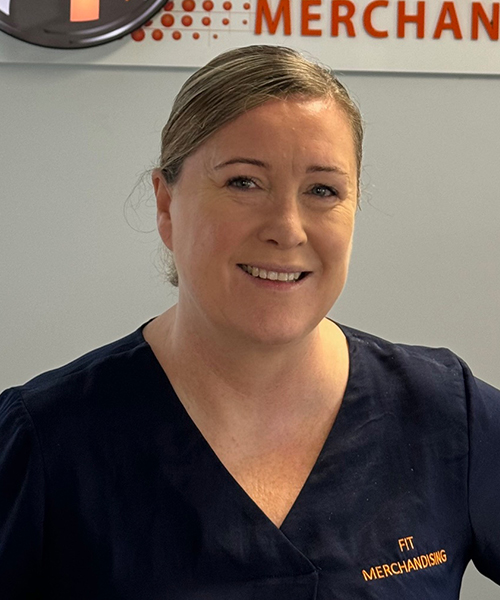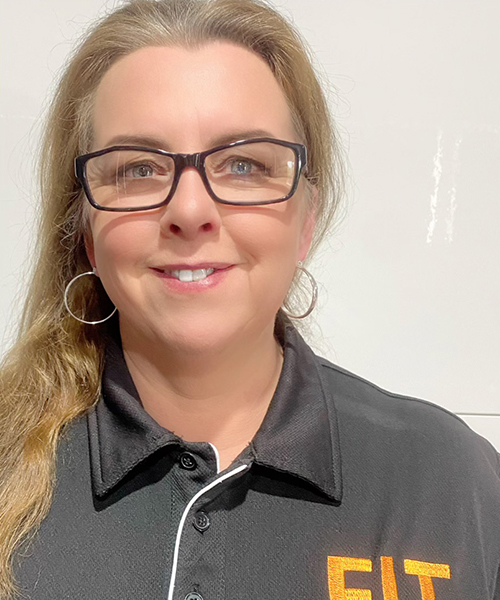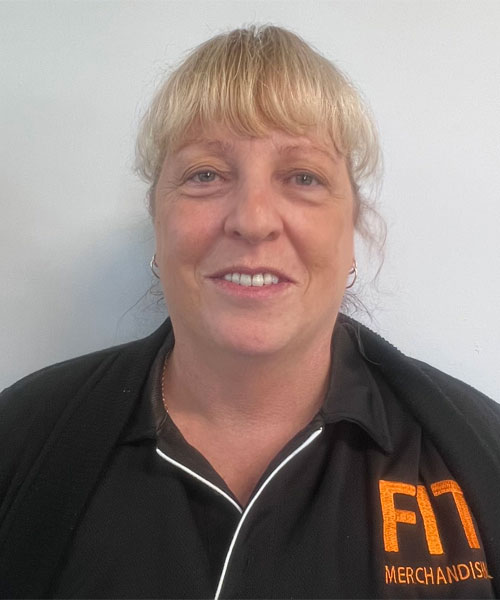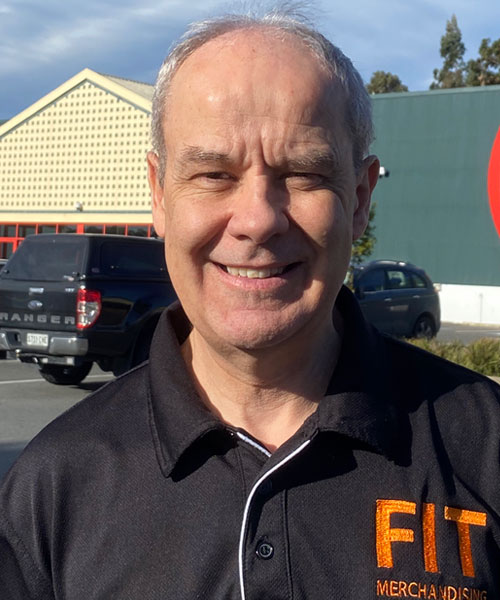Cracking the Code: The Science of Predicting Consumer Behaviour
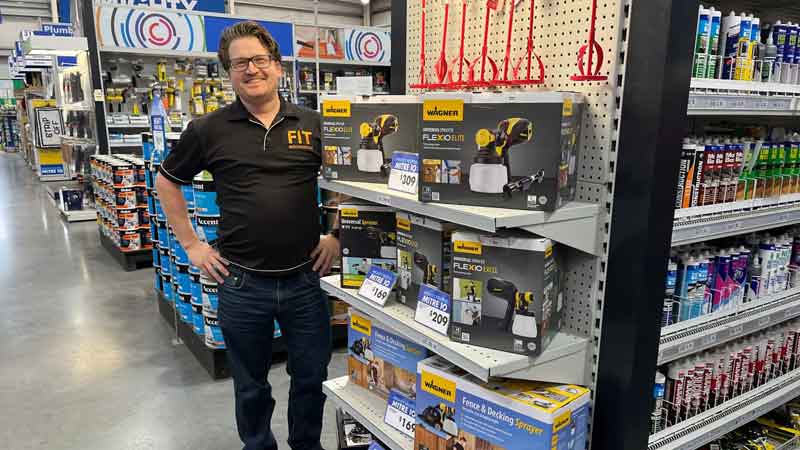
Predicting consumer behaviour ranks among the top challenges our clients bring to us. It's hardly surprising, given the ever-changing marketplace influenced by evolving preferences, emerging technologies and dynamic socio-economic landscapes.
In this article, we dive into the science of predicting consumer behaviour, giving businesses the insights they need to confidently navigate the modern marketplace.
Why it's important to analyse consumer behaviour
Analysing consumer behaviour is incredibly important for businesses. It's like having a compass that guides them to success.
When companies understand why, how and when customers make buying decisions, they can customise their products, services and marketing strategies perfectly.
By diving into consumer behaviour, businesses can spot emerging trends, predict changes in preferences, and tweak their approaches to meet their audience's ever-changing needs.
It also helps create a customer-focused approach, letting companies build stronger relationships with their customers, boost satisfaction and ultimately thrive in today's competitive market.
The complexity of consumer behaviour
Predicting consumer behaviour in the world of retail presents an intricate challenge. It involves a thorough analysis of a number of factors, such as consumer preferences, demographics and previous buying patterns.
External issues like economic conditions, social trends and cultural influences also come into play. It can be a bit overwhelming, but it doesn't have to be that way.
With the right tools, strategies and insights, businesses can unravel the intricacies of consumer preferences and behaviours, allowing them to make well-informed decisions.
Consider the impact of economic conditions. When there's a recession or economic slowdown, consumers tend to become more focused on finding good deals and essentials rather than splurging on luxury items. This change in consumer behaviour can lead to a drop in sales for high-end retailers, while budget-friendly or discounted products see more demand.
To adapt to these economic shifts, businesses might adjust their pricing strategies, introduce more affordable product lines or roll out special promotions.
The power of data-driven insights
Unlocking the power of data-driven insights is a game-changer.
Imagine peering into your customer transactions and seeing which products or services are their favourites. You can figure out the best times for them to shop and even learn where they like to make their purchases.
When you explore demographics, you get to know your customers on a personal level – their age, where they live, what they earn – all of this helps you customise your products to suit different groups of customers.
When you dig into behaviour data, you understand your customers’ likes and dislikes, how they engage with your product and the steps they take before deciding to buy.
These insights help to form a vivid picture of your customers, guiding you to make smart decisions that anticipate and meet their ever-changing wants and needs.
Ultimately, it's a path to growing your business and keeping your customers happy.
Sales forecasting as a predictive tool
Sales forecasting is a powerful predictive tool in the world of business. It plays a pivotal role in interpreting consumer behaviour by analysing the trends and patterns embedded within sales data.
Through this analysis, businesses gain invaluable insights into what drives consumer buying decisions, when they are most likely to buy and which products or services are in high demand. Predicting behaviour allows companies to strategically plan their inventory levels, ensuring they have the right products available at the right time to meet customer demands.
Sales forecasting extends its impact beyond stock management, helping in staffing decisions and other operational requirements. By accurately anticipating future sales, businesses can allocate resources efficiently, ensure adequate staffing during peak periods and optimise processes to deliver seamless customer experiences.
In essence, sales forecasting acts as a compass, guiding businesses through the landscape of consumer behaviour. It gives them the foresight needed to adapt quickly and proactively to market changes and customer preferences.
By harnessing the predictive power of sales data, companies can not only enhance their bottom line but also foster customer loyalty through consistent service and product availability.
While manual forecasting can work well, there's a great selection of user-friendly sales forecasting tools like Pipedrive and Gong that can easily turn data into actionable steps.
Consider the steps a camping store could use to predict demand and plan its holiday season inventory at different times of the year. For example, the inventory levels of protective clothing, heavy duty sleeping bags and fire pits will be quite different for upcoming Easter sales than in the pre-Christmas sales.
1. Data collection
The store gathers past sales data and relevant information, such as promotions, weather, product sales, surveys and holiday dates.
2. Model selection
They choose either one of these forecasting methods:
- Quantitative forecasting which can be more accurate as it relies on historical business data and trends.
- Or qualitative forecasting which is less clear cut as it uses market research, customer surveys and expert opinions.
3. Forecasting
They run their forecasting using their chosen method to predict sales for the upcoming holiday seasons.
4. Inventory planning
The inventory is adjusted based on forecasts to meet demand without overstocking.
5. Marketing
Marketing is aligned with predicted sales to maximise impact.
6. Monitoring
Sales are tracked and plans are adjusted as needed.
7. Analysis
After the season, the store analyses the forecasting accuracy to improve future predictions and strategies.
The value of experimentation
The importance of experimentation cannot be underestimated either.
By actively engaging in experimentation, you gain firsthand insights into what resonates with your target audience, and what may need adjustment.
Whether it's launching a new product type, rearranging store displays or fine-tuning your marketing strategies, experimentation offers a dynamic way to explore consumer preferences and behaviours.
Experimentation is not just about trial and error – it's a strategic tool for continuous improvement. It enables businesses to stay agile in a rapidly changing market by allowing them to adapt swiftly based on real-world feedback.
At its core, it's about growth, where each experiment brings you closer to a deeper understanding of your customers' needs and wants. This encourages inventiveness and imagination, ensuring that your products remain current and in sync with the constantly changing realm of consumer behaviour.
Need help?
Predicting consumer behaviour can be difficult. But at Fit Merchandising, we are up for the challenge and have a range of advanced analytical and reporting tools and systems we share with our clients to make the whole process easier and actionable.
Interested to see how you can do this in your business? Reach out, and we’ll show you how we do this for our clients.
